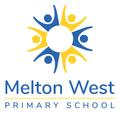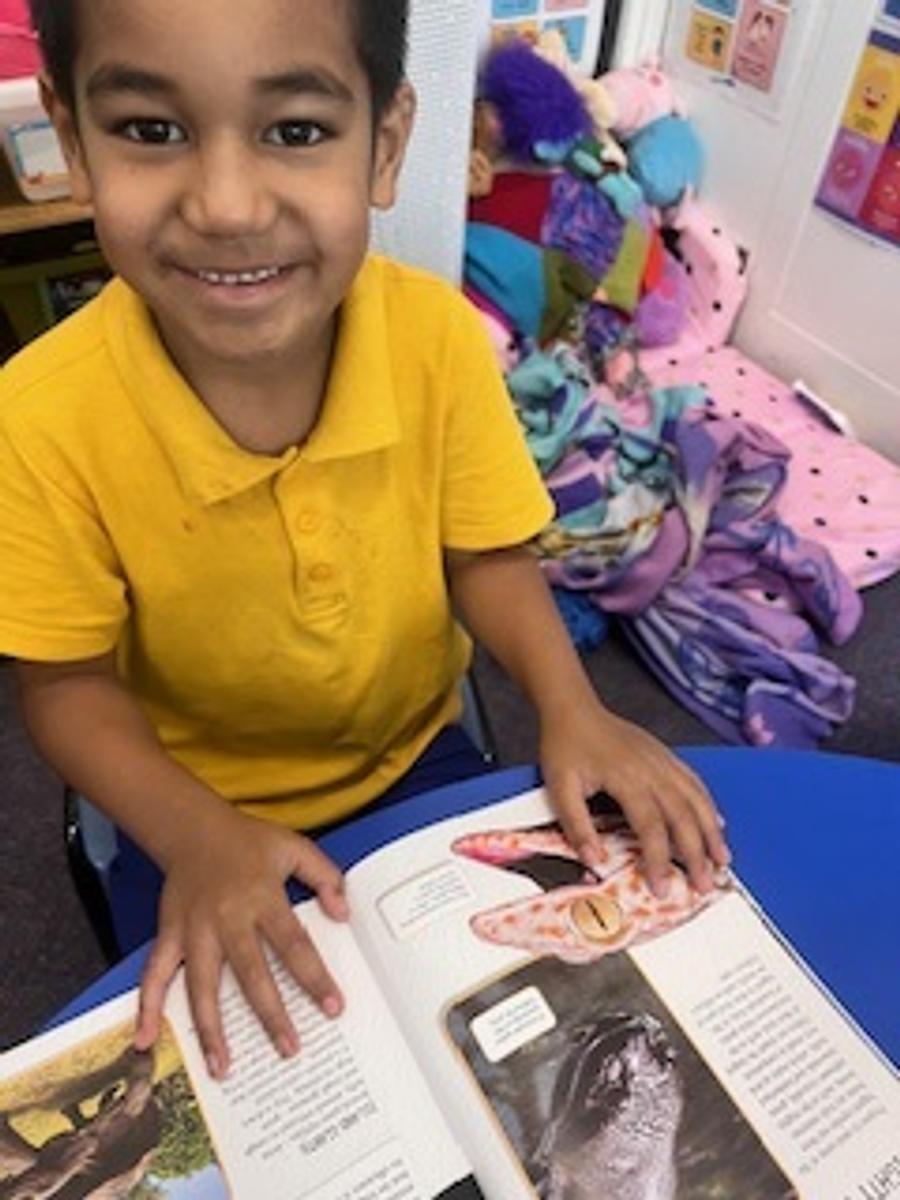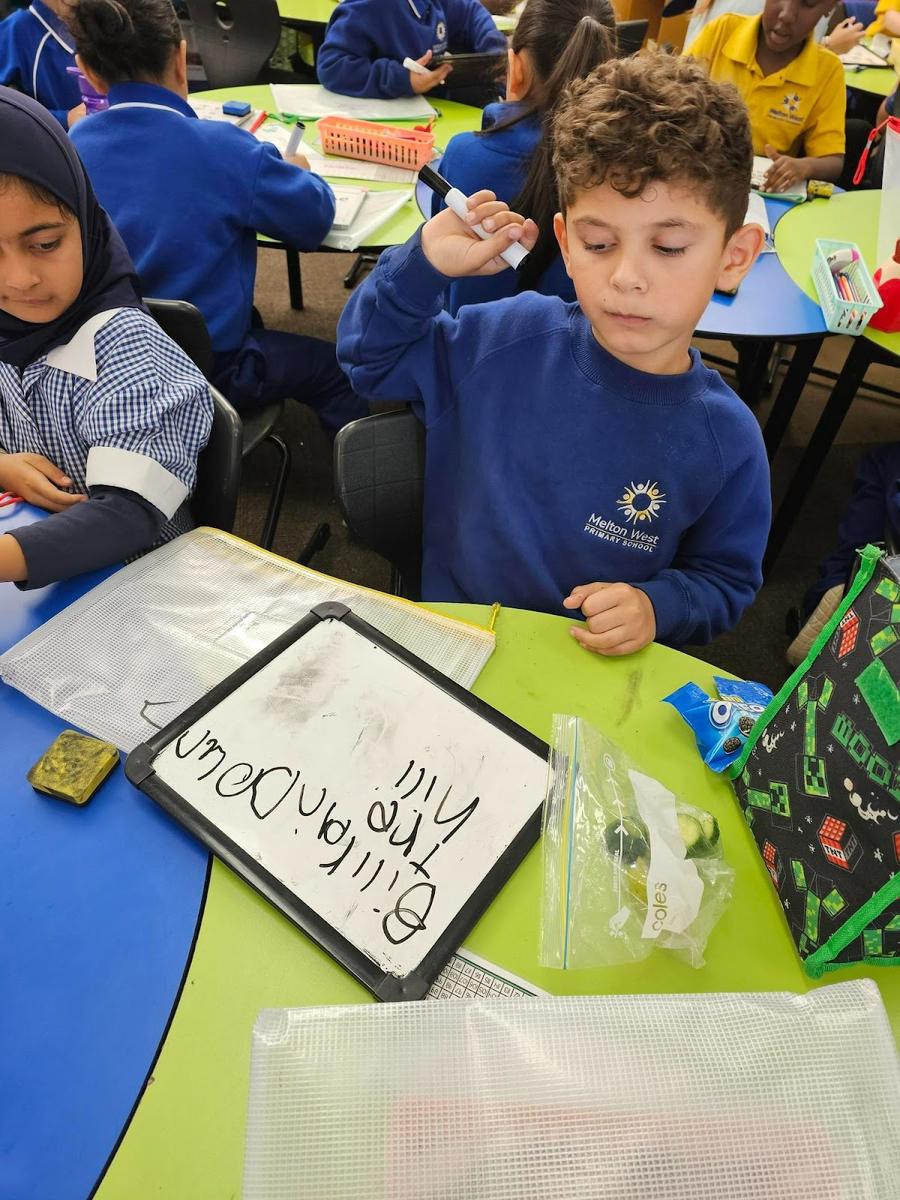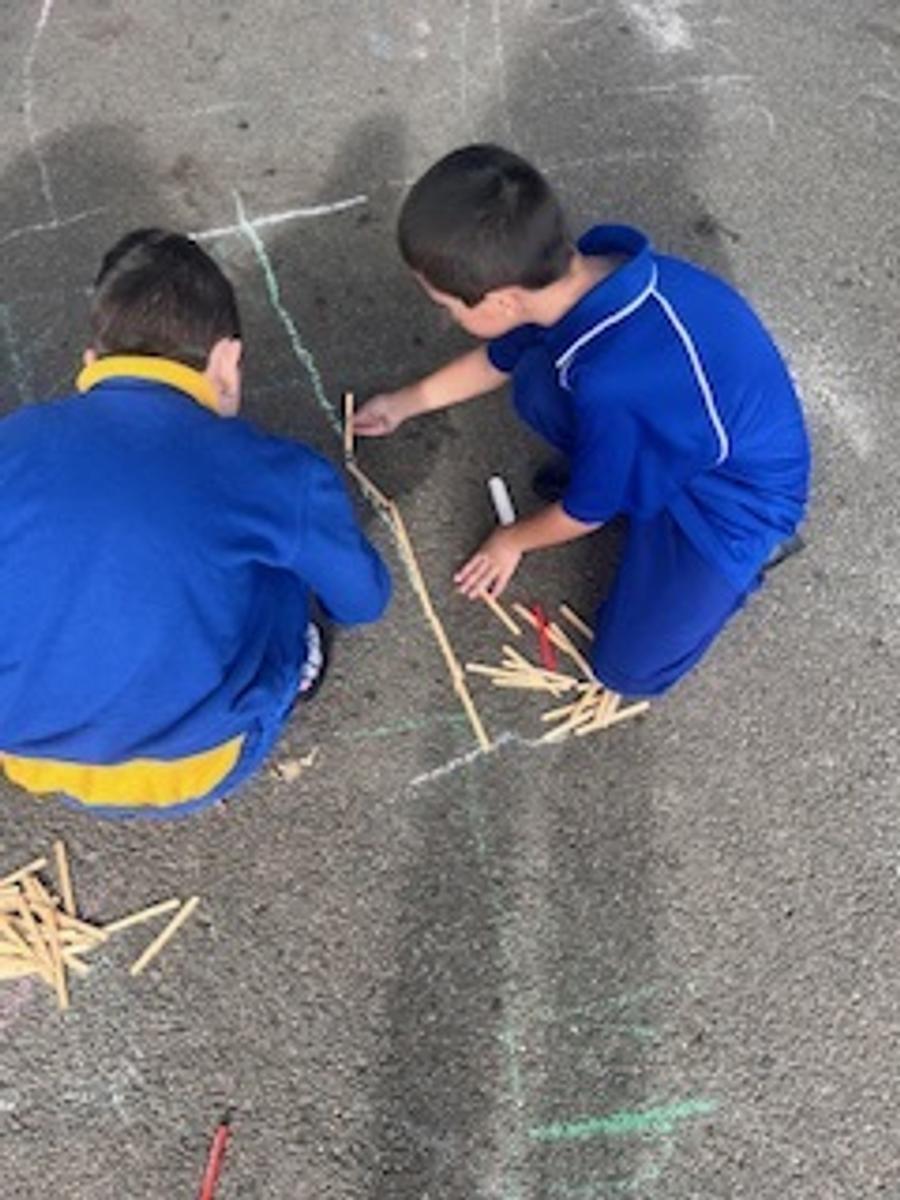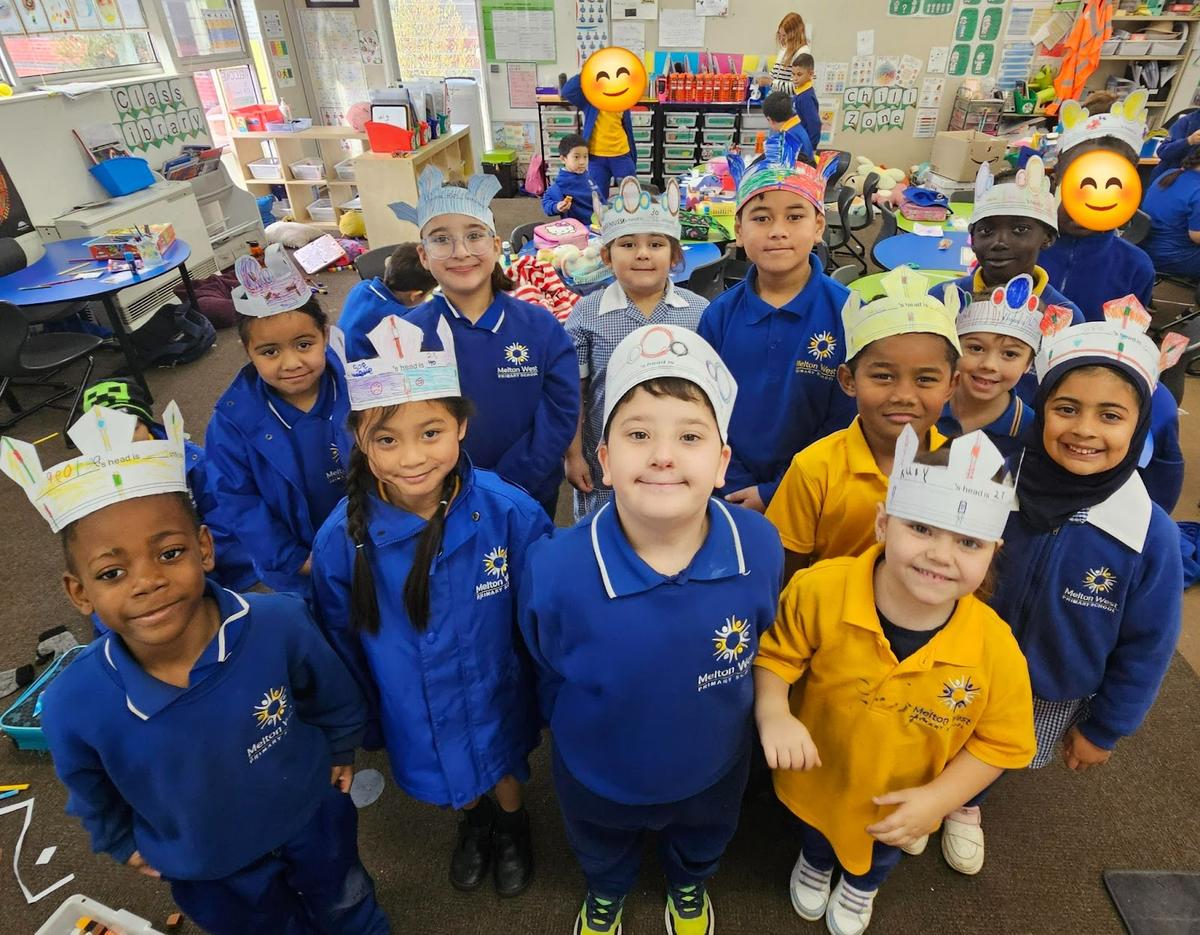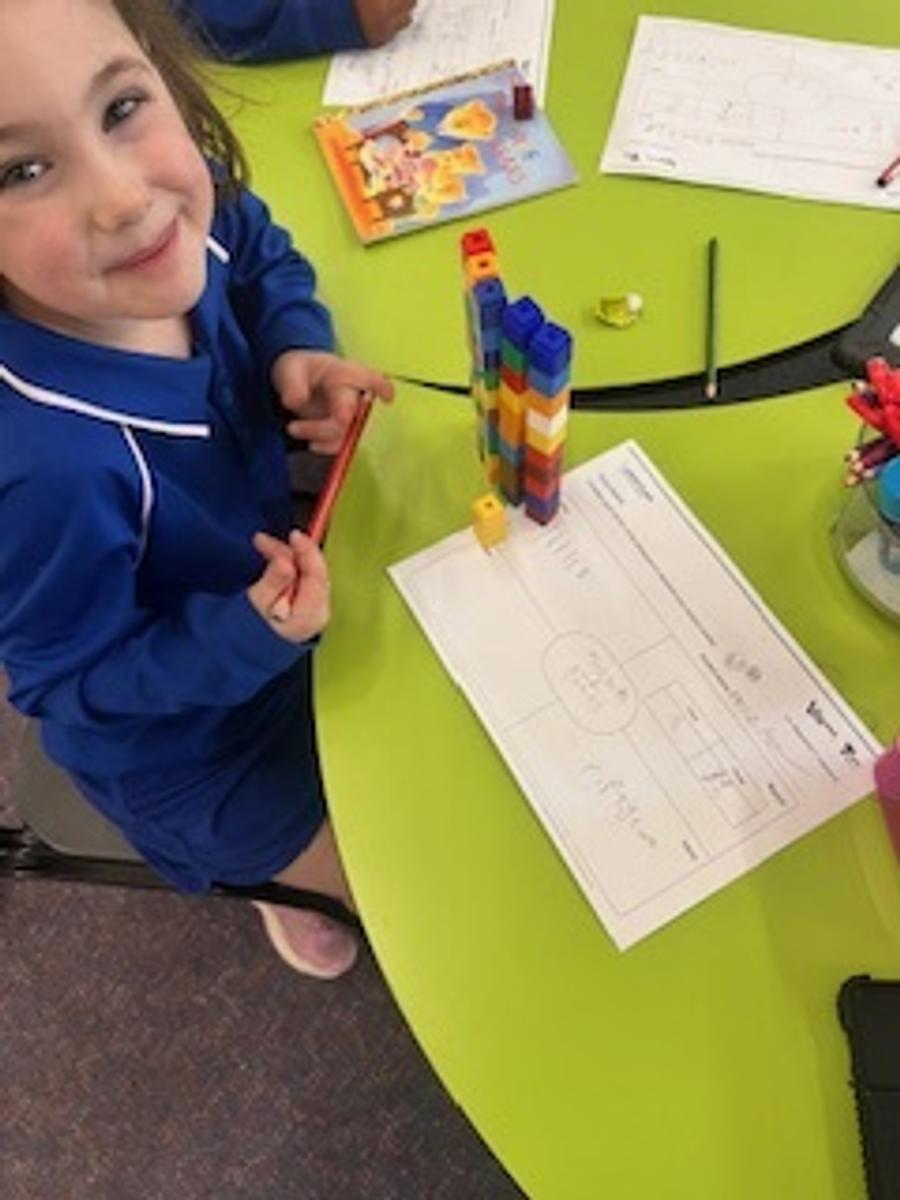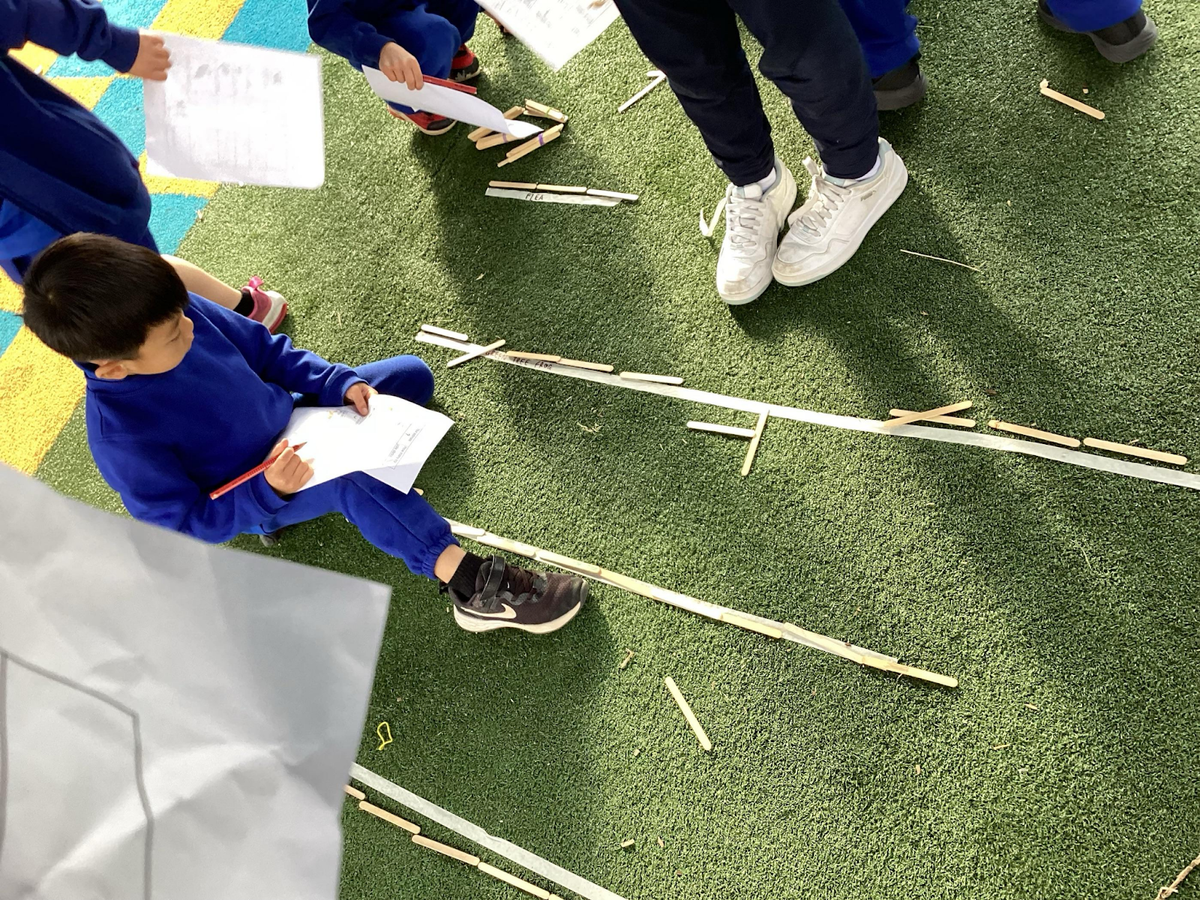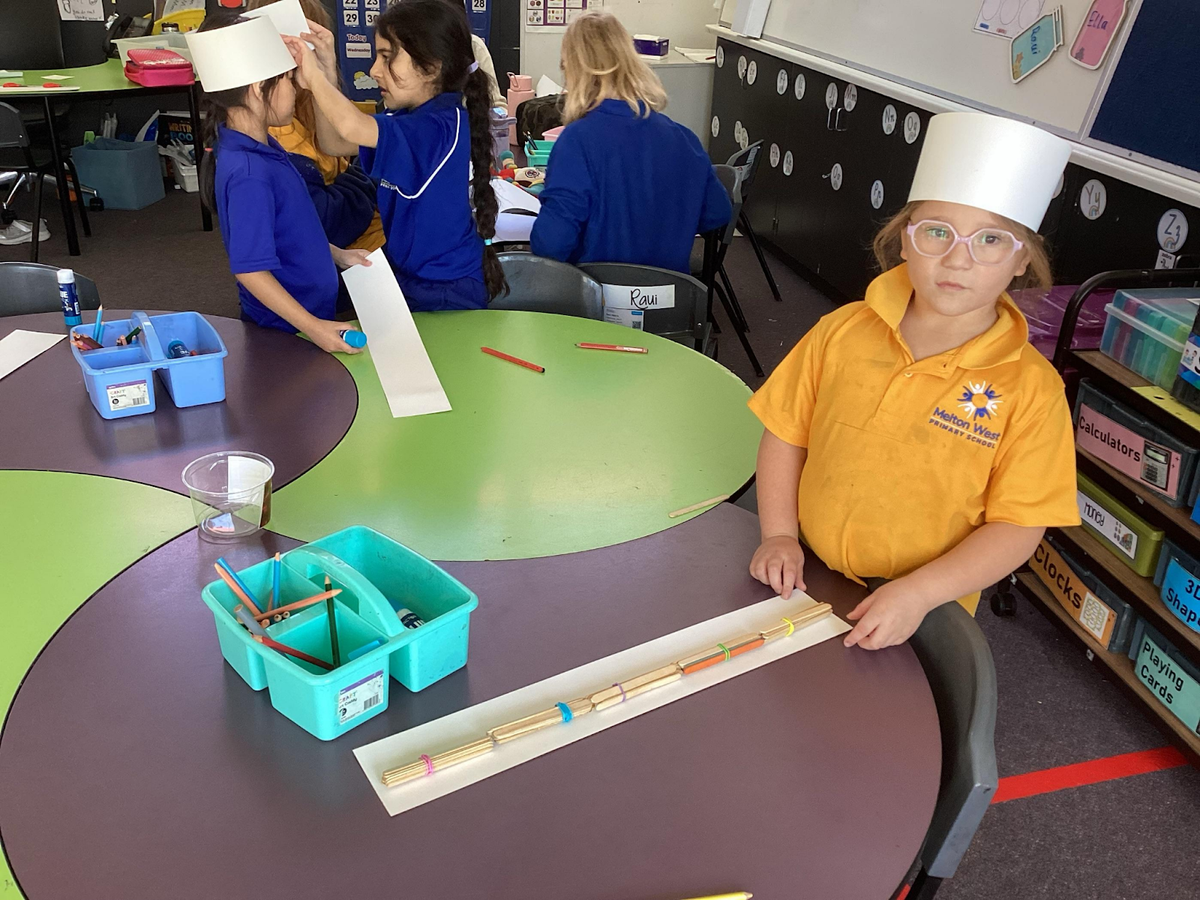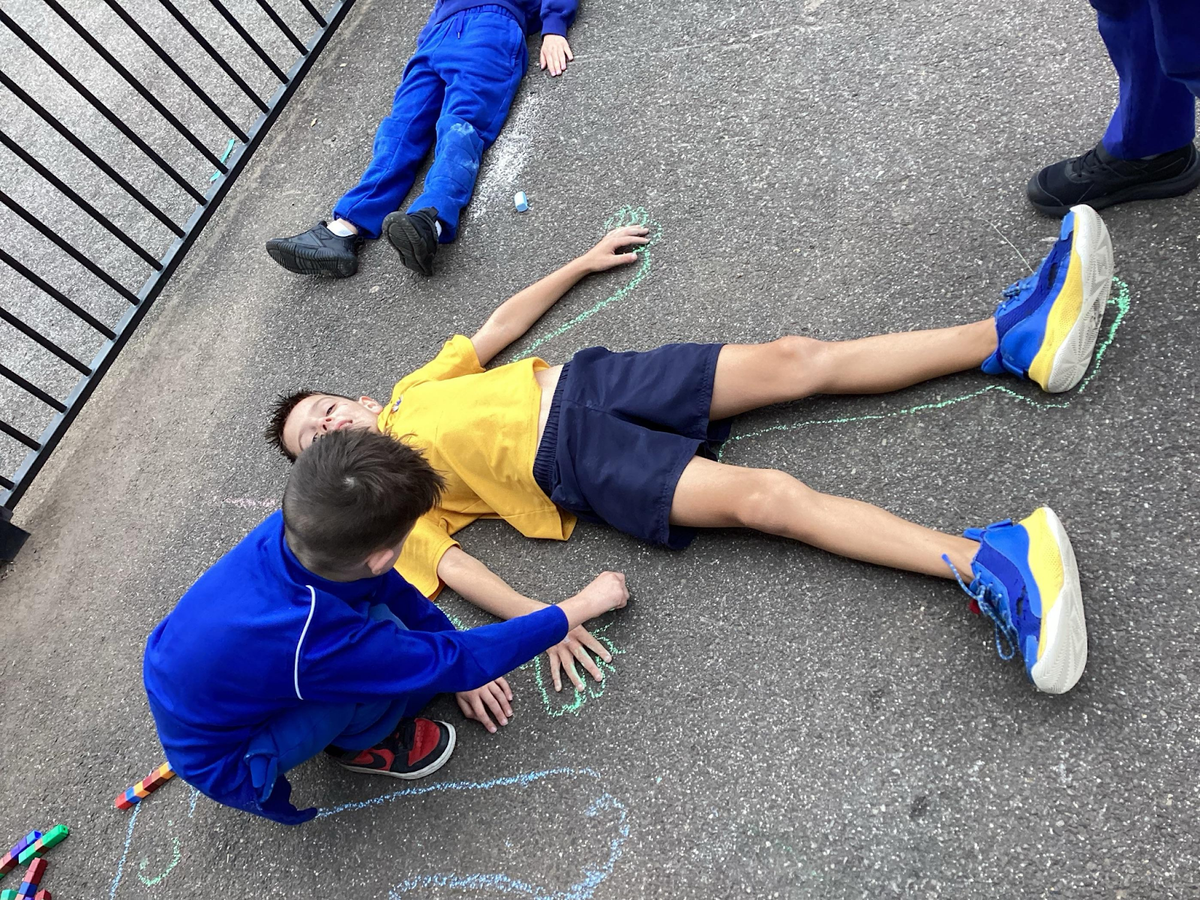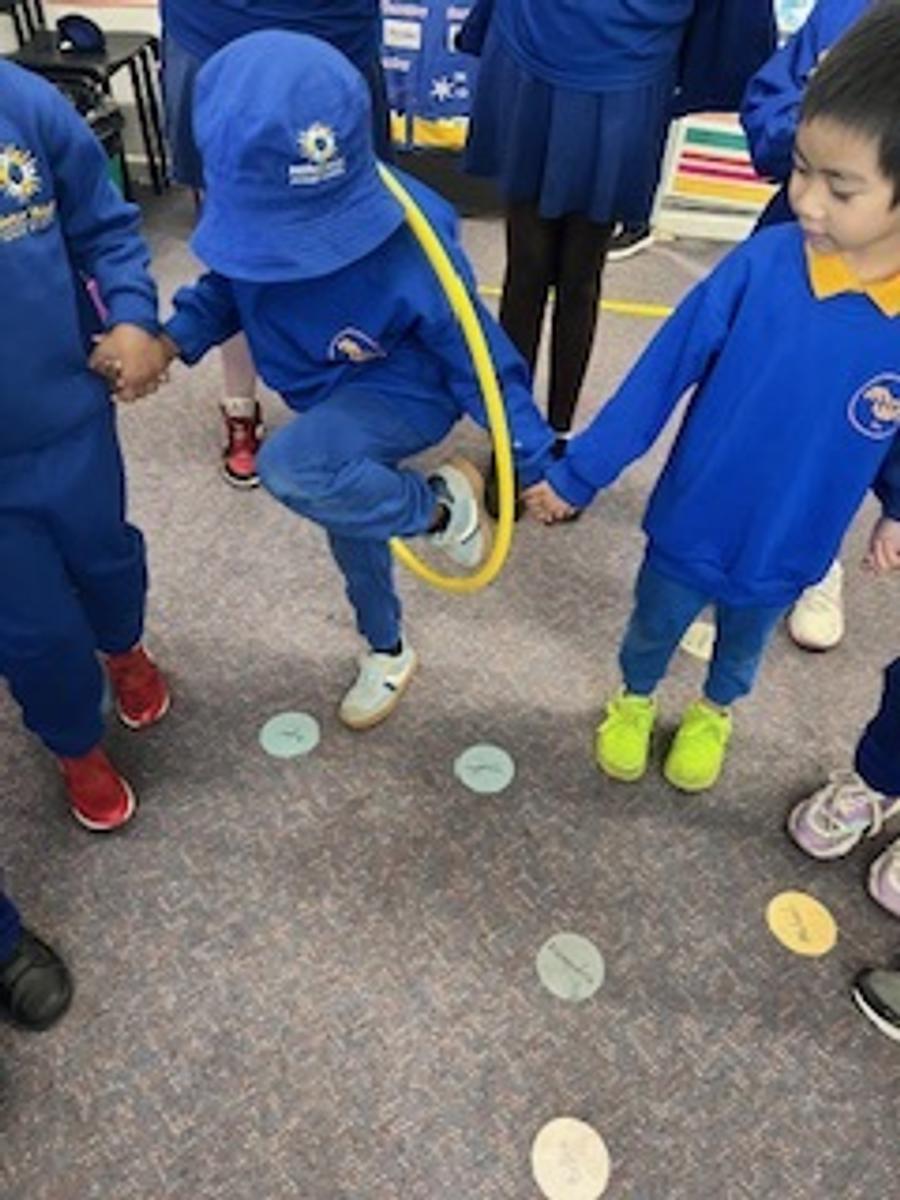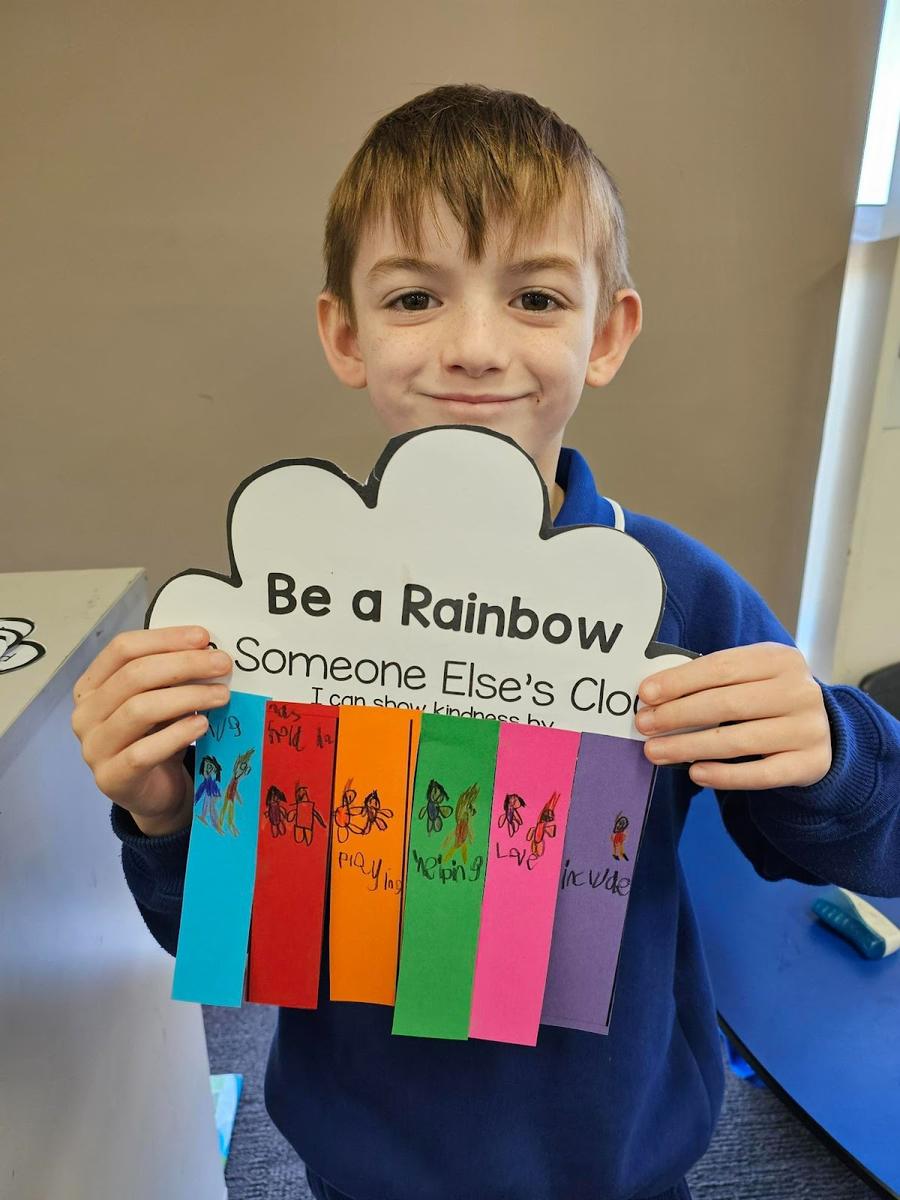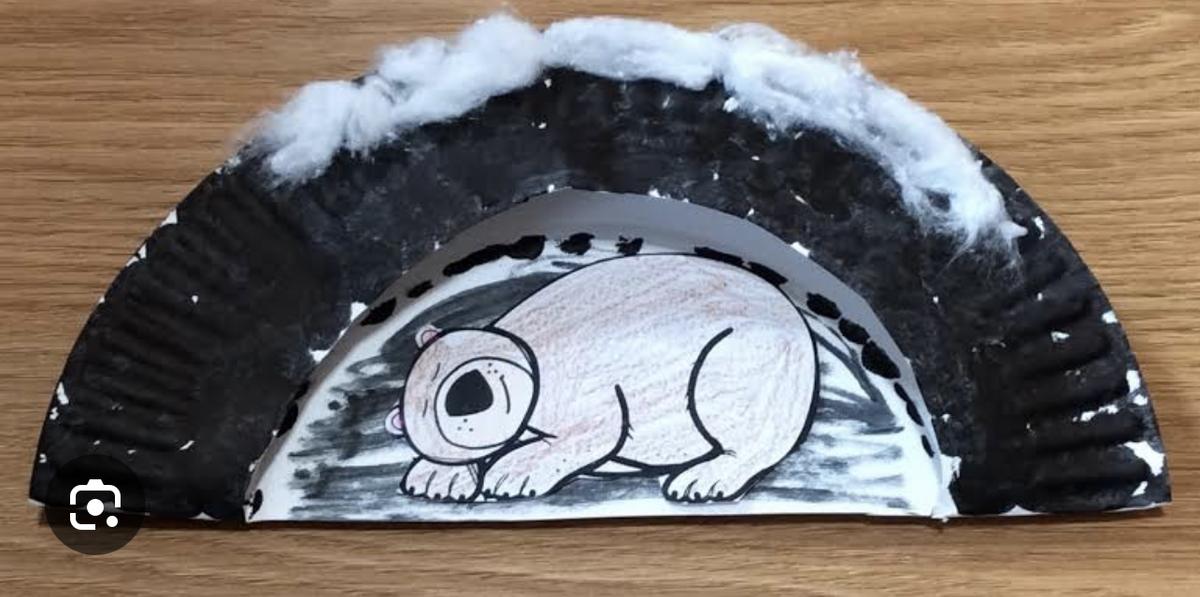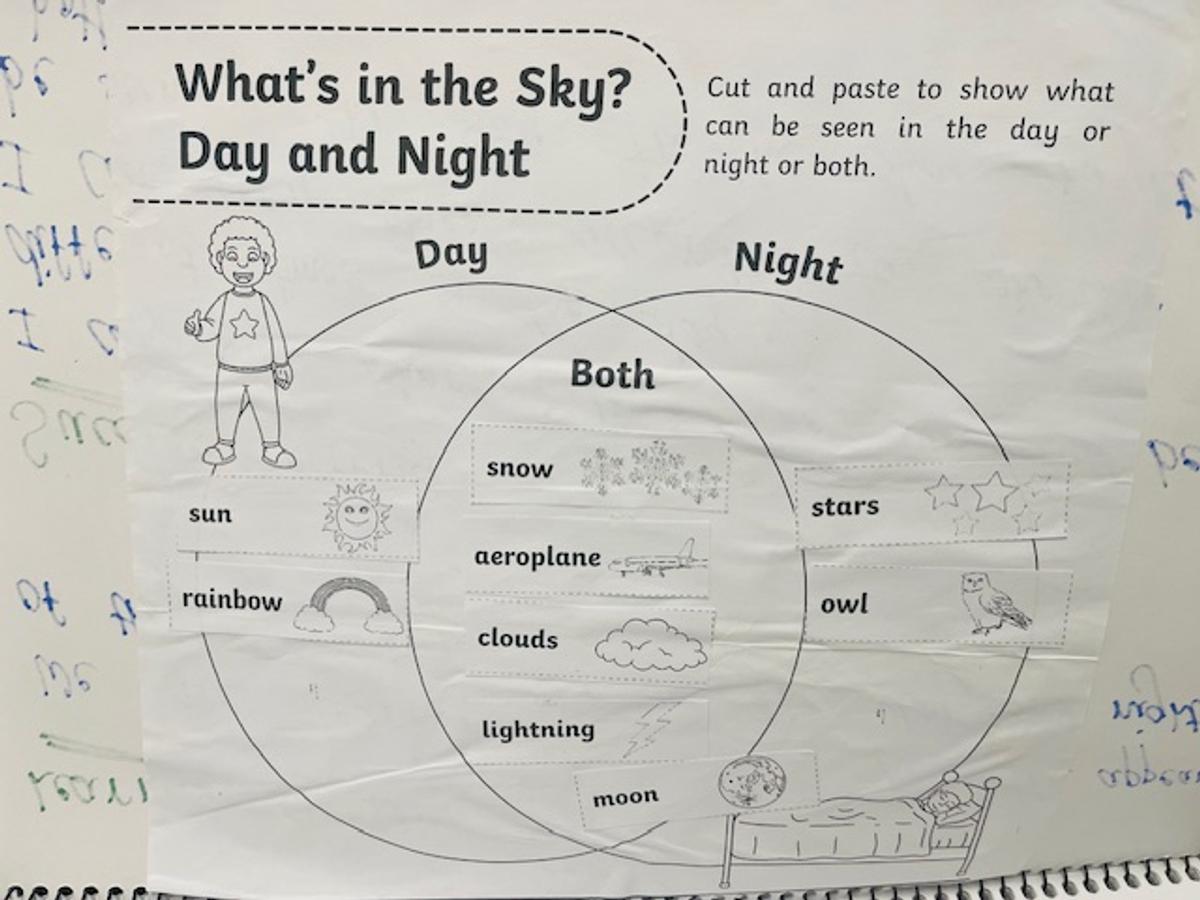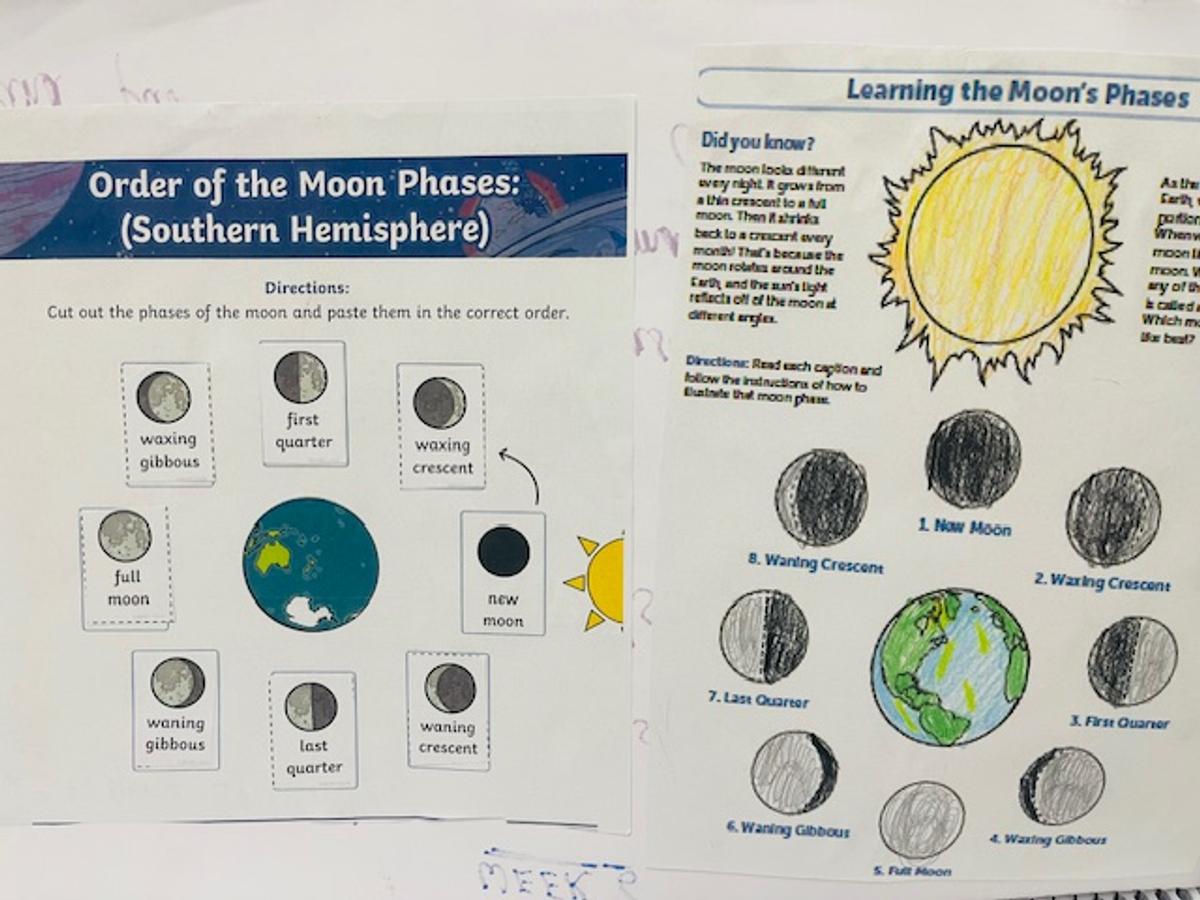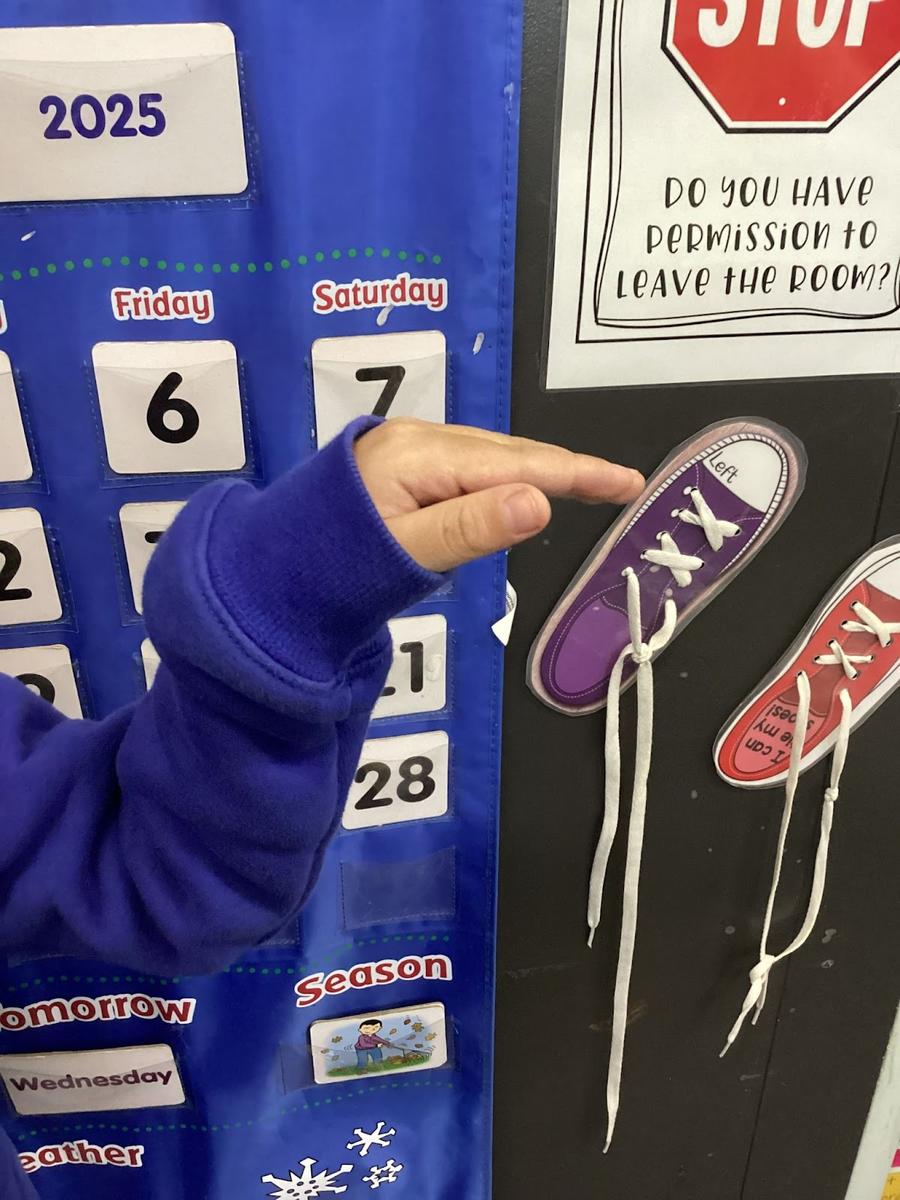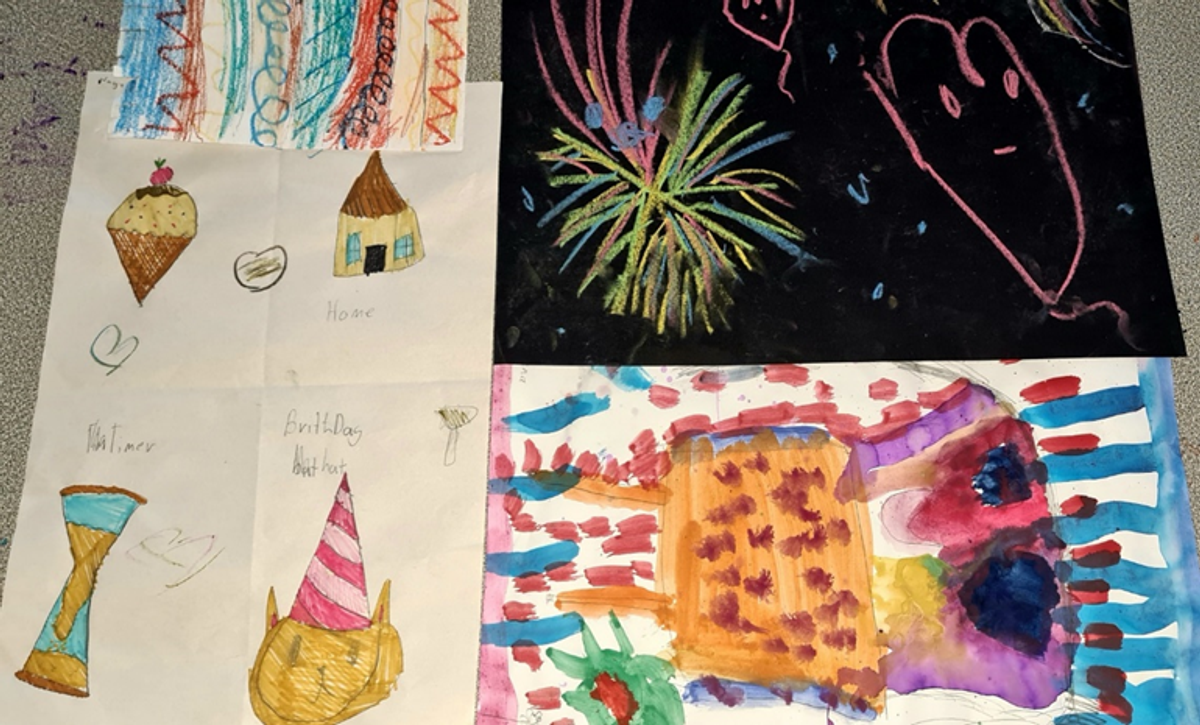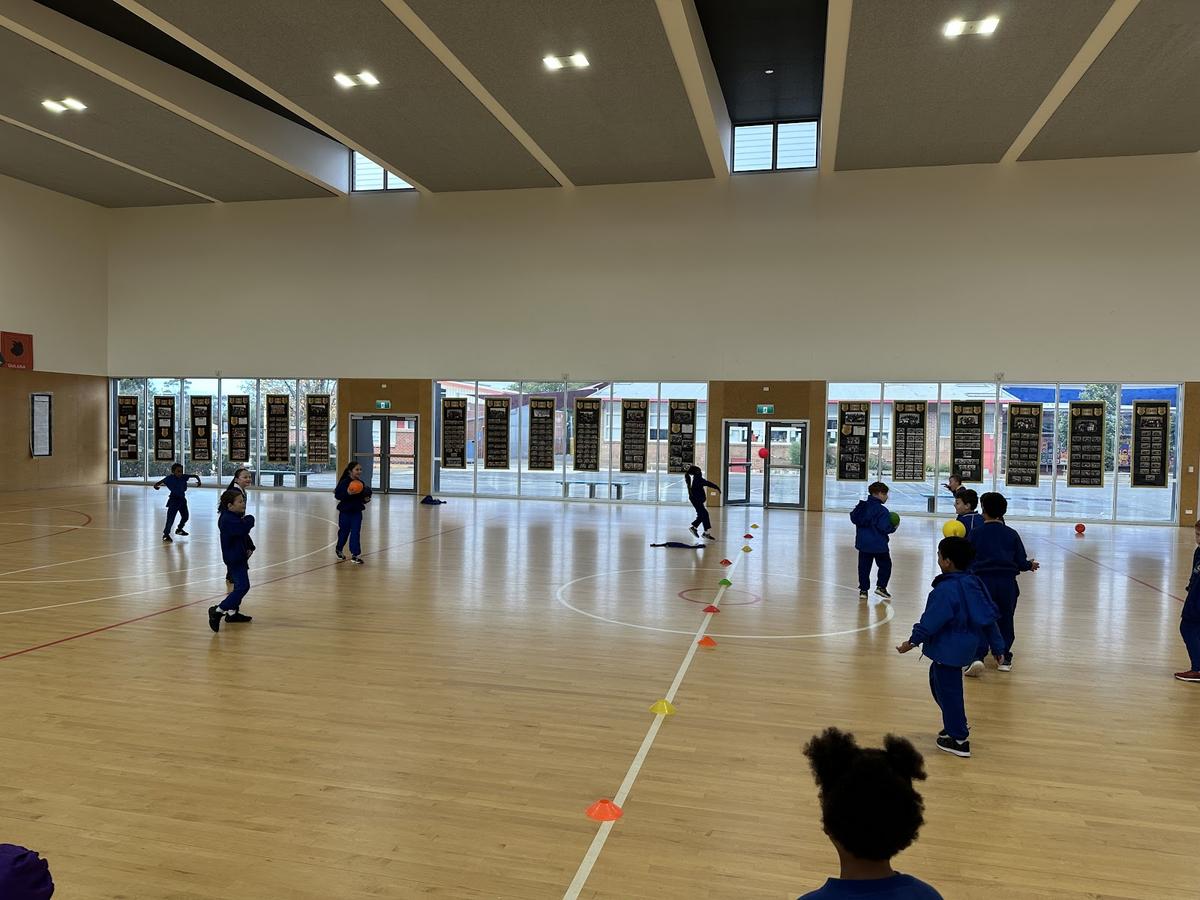Year 1/2 News
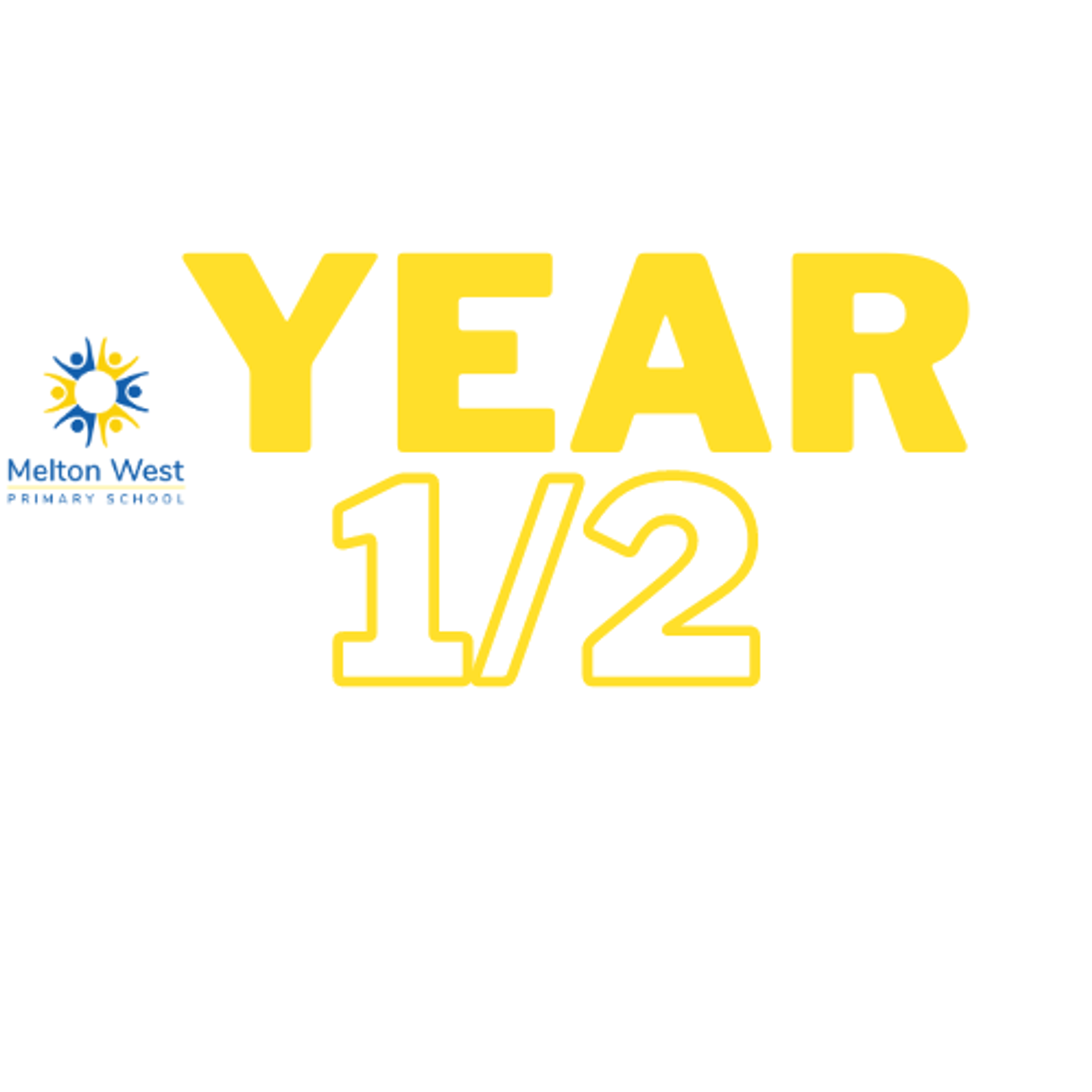
LITERACY
This term in Literacy, students have been busy developing a wide range of reading, writing, and vocabulary skills through engaging fiction and non-fiction texts.
We began the term with a focus on fiction stories. Texts like Who Sank the Boat?, The Rainbow Fish, The Singing Seal, The Little Turtle in the Sea, and Jabari Jumps helped students practise important comprehension strategies, including predicting, visualising, summarising, sequencing, inferring and making connections. They discovered vocabulary words such as balance, tilted, scales, lonely, sopranos and journey, and began identifying grammar features like nouns, verbs and adjectives in meaningful sentences like “The colourful fish swim together in the bright blue water.”
As part of our learning on Jabari Jumps, students recorded their predictions on Class Dojo after analysing the front cover. Some students chose to make predictions based on other texts as well, explaining what they thought the story might be about and why.
Later in the term, we explored non-fiction texts such as Let’s Visit the Ocean and Blue Whales. Students investigated how non-fiction texts help us learn new information and identified key text features such as titles, table of contents, headings and subheadings, caption boxes, diagrams, bold words and photographs. They also learnt how the structure of an information text works—for example: The title tells us what the text is about. The classification explains what something is. The description gives us facts about the topic, sometimes under subheadings to break the information into sections.
We also focused on language features such as: Technical vocabulary related to specific topics (e.g., mammal, blubber, krill). Pronouns, which are used instead of names. Present-tense verbs that describe actions happening now or facts that are always true. Students used KWL charts to track what they already knew, what they wondered, and what they had learned. They showed great curiosity, asking thoughtful questions like “I wonder why the blue whale has two blowholes?” and “I wonder how long it takes for a baby calf to grow?” They also proudly shared new knowledge, such as “A blue whale is as long as a Boeing 737 airplane,” and “Blue whales can live up to 80 years,” and “A baby blue whale is called a calf,” and “Blue whales eat 40 million krill in one day!”
It’s been an exciting term full of discovery, critical thinking, and literacy growth!
MATHEMATICS
This term, students explored a variety of mathematical concepts through hands-on learning and real-world connections.
In Number, students built and represented two-digit numbers using unifix blocks, identifying how numbers are made up of tens and ones. They learned to record numbers in digits and words, compare two-digit numbers, and use place value to explain their thinking. They also used number lines, completed hundreds chart jigsaws, and practised combining and separating numbers using strategies such as counting on.
Students also learned how to measure Length using informal units such as hands, feet, and icy-pole sticks. They compared objects and used vocabulary like longer, shorter, and taller. When learning about Time, students sequenced events within a day and described their duration as long or short.
We also explored Graphs, learning how to read and interpret data. Students enjoyed creating their own simple graphs to show class preferences and learning to ask and answer questions about the information displayed.
Throughout all our maths learning, students have been encouraged to explain their reasoning using objects, drawings, and number sentences.
INQUIRY
Our Term 2 Inquiry unit was called “Lean on Me”, with a focus on building positive relationships and understanding how our actions can affect others.
Students began the term learning about our school-wide expected behaviours and how to stay safe and calm in the classroom and playground. They practised moving respectfully around the school and using kind, helpful words during transitions and playtime.
As we progressed, we explored the different types of relationships in our lives, such as those with family, friends, and community. Students learnt the importance of kindness, empathy, and respect in maintaining positive connections. They practised greetings with table partners, shared ways to show kindness, and learnt strategies to resolve conflict in respectful ways.
We also began talking about character strengths—like persistence, bravery, and resilience. Using the Katie Discovers the Dip Class Dojo video, students learned how challenges can be overcome and how we grow from our mistakes. They identified strategies that help them keep going when things get tough and recognised their own and others’ emotions using tools such as emotion charts and storytelling.
During Reconciliation Week, students engaged in discussions around the importance of acknowledging and respecting Aboriginal and Torres Strait Islander Peoples and cultures. They shared what reconciliation means to them and participated in a school-wide colouring competition to reflect their understanding and appreciation.
SCIENCE
Over the course of Term 2, our Grades 1 and 2 students explored the Earth and Space Sciences strand, where they learned about the features of our environment—both on land and in the sky—and observed the constant changes that occur in the world around us.
Students examined our school and local surroundings, identifying and classifying different environmental features. They learned to distinguish between natural, managed, and man-made features, gaining a deeper understanding of how each contributes to our environment. A highlight of the unit was investigating the natural changes that occur in the sky. Students closely observed the Sun’s movement across the sky and explored the phases of the Moon, learning how these changes impact life on Earth.
To conclude the unit, students explored how changes in the weather affect animals, with a particular focus on hibernation. They discovered why some animals hibernate during colder months and completed the hands-on practical activities to demonstrate their understanding of this survival strategy.
It was a fantastic term filled with observation, inquiry, and meaningful connections to the natural world. Here are the few glimpses of how students performed this term.
LOTE-AUSLAN
During this term we learned about: – Food/Lunch, Inside Appliances, Medical #2, Fingerspelling, Camping, Birds, Materials, HOLM + NMF #2, Constructed Action/Role Shift, including revision on previous topics. The students continued combining signs to build their Auslan communication. With the videos, presenting new learning & revising past learning, stories and poems with activity games for practice were incorporated. The continued use of the AES wristbands assisted students in the correct usage of their preferred/dominant hand when signing. This developed good habits with correct hand usage and it minimised ‘hand crossover’. Constructed Action/mime was a feature this term, where students were encouraged to use their bodies and facial expression to extend their Auslan communication. This was a rich feature of the Auslan Language. The Revision lesson introduced the life stories of some Deaf people and their culture. At this level the students began to gain confidence in both signing (Expressive) and understanding others’ signs (Receptive).
ART
Grade 1 and 2 have produced some wonderful artworks this term. Students explored the element of line and how to form different lines (straight, wavy, curly, zigzag and spiral) to make shapes. They also identified and described lines which are horizontal, diagonal or vertical. Learning these skills provided opportunities for students to make connections between the artworks they were creating and the type of lines that they used e.g. drawing wavy lines could create waves in a sea landscape. Students applied their knowledge of lines and shapes to analyse how famous artists used these elements in the artworks they created. Grade 1 and 2 described the lines and shapes they used to create their own artworks. They also used different mediums, which included oil pastels, charcoal, paints and chalks in their artworks.
You’ve worked really hard during Term 2 and created some fantastic artworks. Well done, Grade 1 and 2!
P.E
What a fun and active term it’s been for our Grade 1/2 students in Physical Education! This term, we focused on soccer and athletics, giving students the chance to keep developing their movement skills in exciting and engaging ways. During our soccer unit, the students worked on kicking and ball control while learning how to play as part of a team. It was fantastic to see everyone giving it a go, working together, and showing great teamwork on the field. After soccer, we moved into our athletics unit, where students explored events commonly seen at school sports days. We focused on throwing events like shot put and discus, and every child had the chance to practise these new skills and experience what it’s like to take part in track and field-style activities. The Grade 1/2s gave their best effort and had a blast along the way! I’m so proud of how much they’ve achieved this term — and I can’t wait to see what’s in store for the rest of the year!
It’s been a joyful and productive Term 2 full of exciting learning, creativity, and connection. We are incredibly proud of the growth each student has shown and look forward to more great learning ahead in Term 3.
Warm Regards,
The Grade 1/2 Teaching Team
